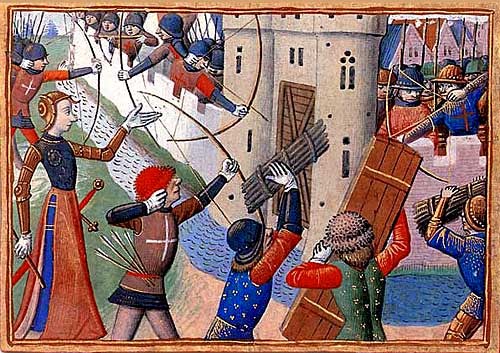1. If all Disney films have one thing in common, it is the main character always pulls through and live happily ever after. With Joan's story, it does not match that criteria. To match their criteria instead of having Joan as the main character, make her a supporting character. Make the main character someone that new Joan closely. Someone who was around her through her battles like her page or even her brother. What matters is that the plot can carry on despite Joan's death and the audience is not completely bummed out when Joan dies. Disney has killed off characters in their movies, but they have always been supporting characters or characters that have little impact to the plot. Joan being a supporting character, the audience will be devastated, but their main hero is not gone.
On another note if Joan has to be the main character maybe end the movie after her victory at Orleans. This aspect may be annoying for historians, but I don't believe that Disney is into historical accuracies 100%. At least in this aspect, Joan can be the main character and the idol for all the young viewers and in the end, still have a happy ending.
 2. The death scene is a defining scene in all Joan of Arc films. With Disney's younger audience, this scene would not be very appropriate for them to see. However, the scene should not be omitted from the plot. Let the audience know that she has been sentenced to burn, and have the whole scene happen off camera. Afterwards, capture the reactions of each character in the film to Joan's death. Then maybe have one of the characters, maybe a priest reassure the cast (and the audience) that Joan's soul is in a better place. In the end of the film, maybe show a brief scene showing the retrial, and her being named a saint years later. This shows the audience that she still has an impact and presence in today's world.
2. The death scene is a defining scene in all Joan of Arc films. With Disney's younger audience, this scene would not be very appropriate for them to see. However, the scene should not be omitted from the plot. Let the audience know that she has been sentenced to burn, and have the whole scene happen off camera. Afterwards, capture the reactions of each character in the film to Joan's death. Then maybe have one of the characters, maybe a priest reassure the cast (and the audience) that Joan's soul is in a better place. In the end of the film, maybe show a brief scene showing the retrial, and her being named a saint years later. This shows the audience that she still has an impact and presence in today's world. 3. There always needs to be a antagonist in Disney's films; a "bad guy". In this case, the English would be an obvious choice. When you look at antagonists in other Disney films, you can notice a pattern. They always seem to be older than the protagonist(s), ofter larger or taller in size, and many of the times, wearing red. Maybe make one of the English commanders the main villain and like many of the Disney films, a lackey that provides some comic relief.
3. There always needs to be a antagonist in Disney's films; a "bad guy". In this case, the English would be an obvious choice. When you look at antagonists in other Disney films, you can notice a pattern. They always seem to be older than the protagonist(s), ofter larger or taller in size, and many of the times, wearing red. Maybe make one of the English commanders the main villain and like many of the Disney films, a lackey that provides some comic relief. Regardless, a Joan of Arc Disney film will turn some heads and maybe raise some controversy. Some may argue that Joan's story is not appropriate for Disney's target audience. I believe with my suggestions above, it could be possible. For some reason if Disney were to go through with a Joan of Arc film, I'm sure it will be heavily attacked by not only film critics but historians as well.
Regardless, a Joan of Arc Disney film will turn some heads and maybe raise some controversy. Some may argue that Joan's story is not appropriate for Disney's target audience. I believe with my suggestions above, it could be possible. For some reason if Disney were to go through with a Joan of Arc film, I'm sure it will be heavily attacked by not only film critics but historians as well.What aspects do you think need to happen in a Joan of Arc Disney film?











